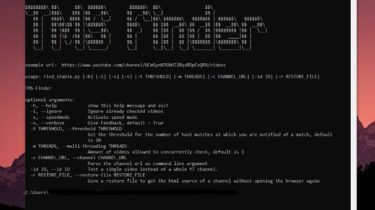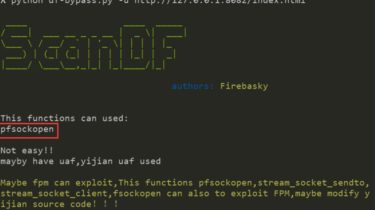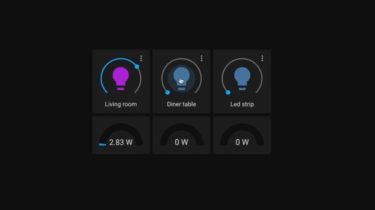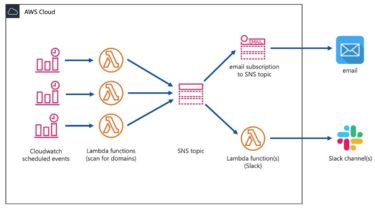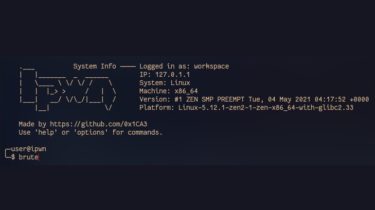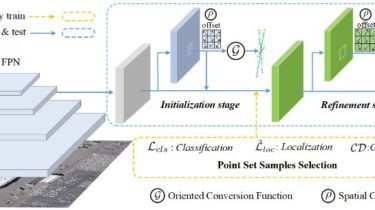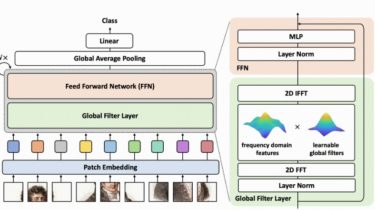Search youtube channels for songs without having to manually check the videos
Youtube TMS Finder This code was made in an effort to make it easier to find the song that has been dubbed as ‘the most mysterious song on the internet’ and it makes it possible to search youtube channels for songs without having to manually check the videos. To find unidentified music. What you need to know This code was made in an effort to make it easier to find the song that has been dubbed as ‘the most mysterious […]
Read more